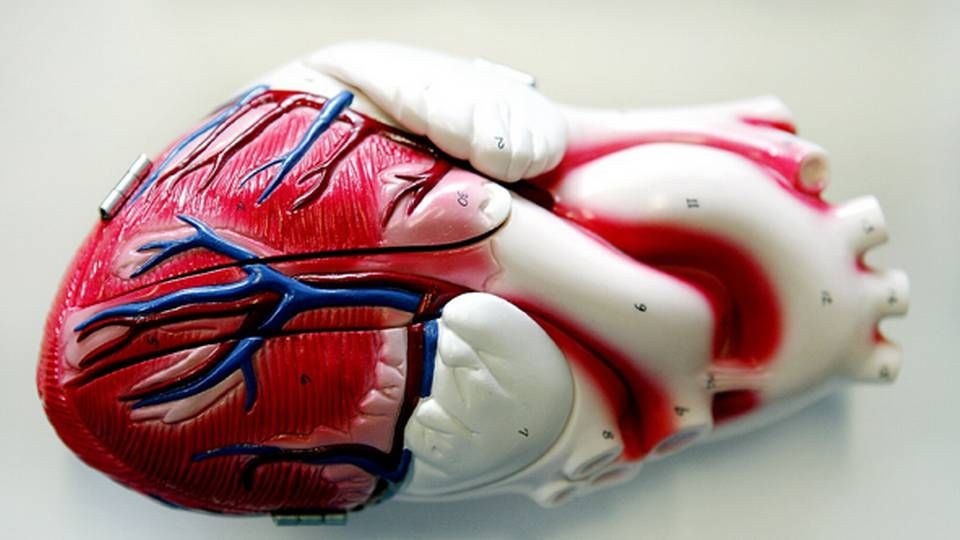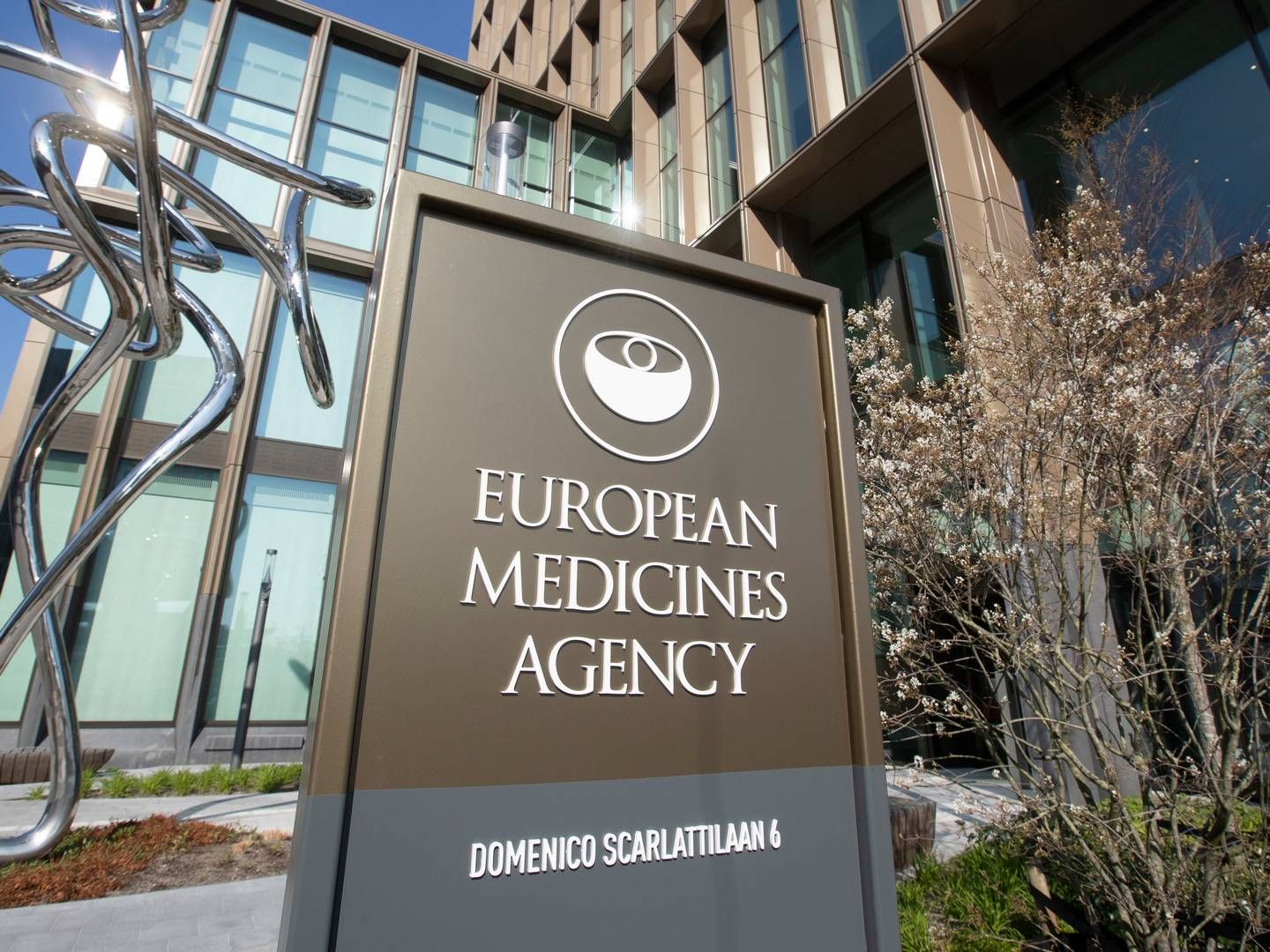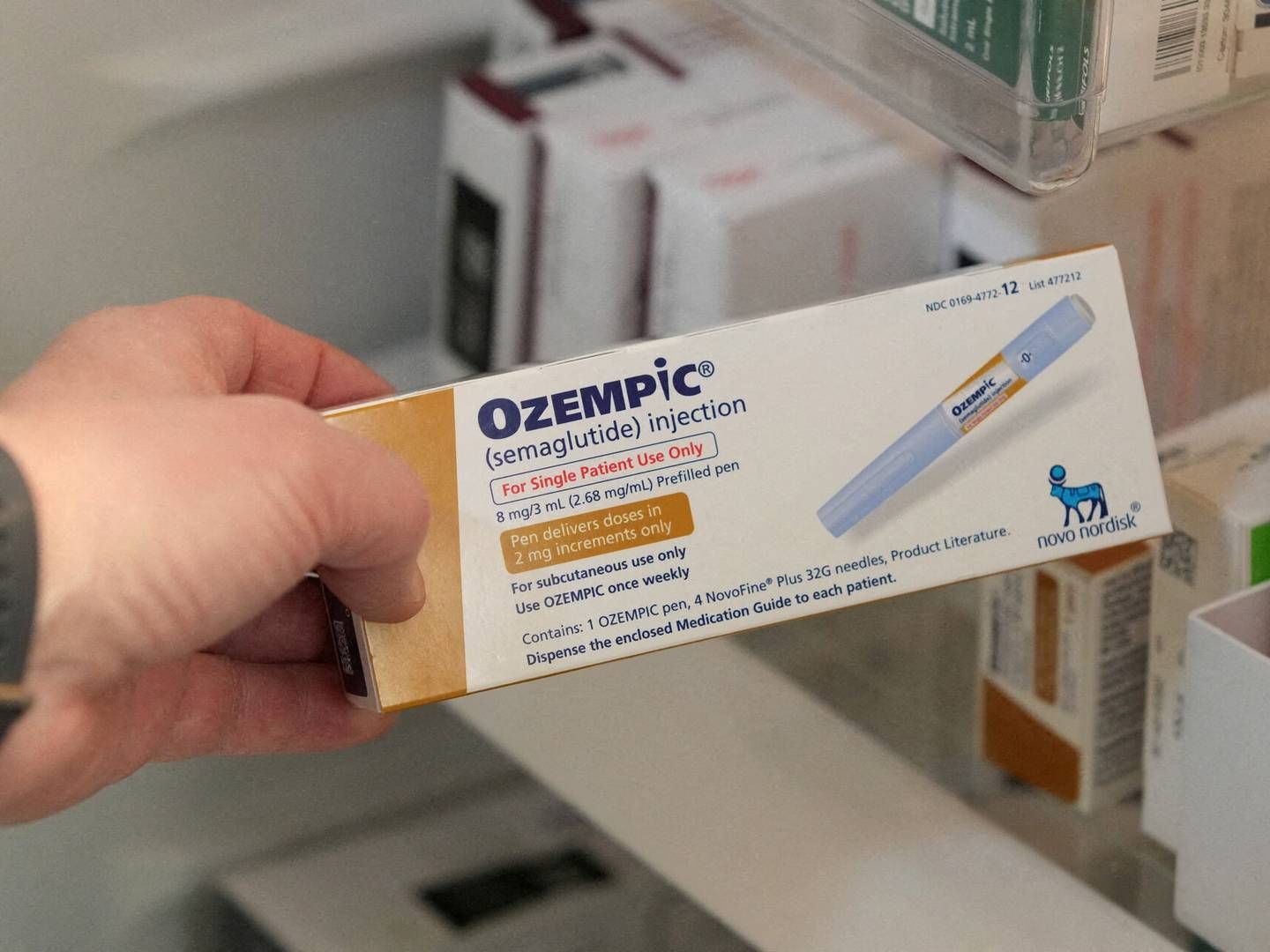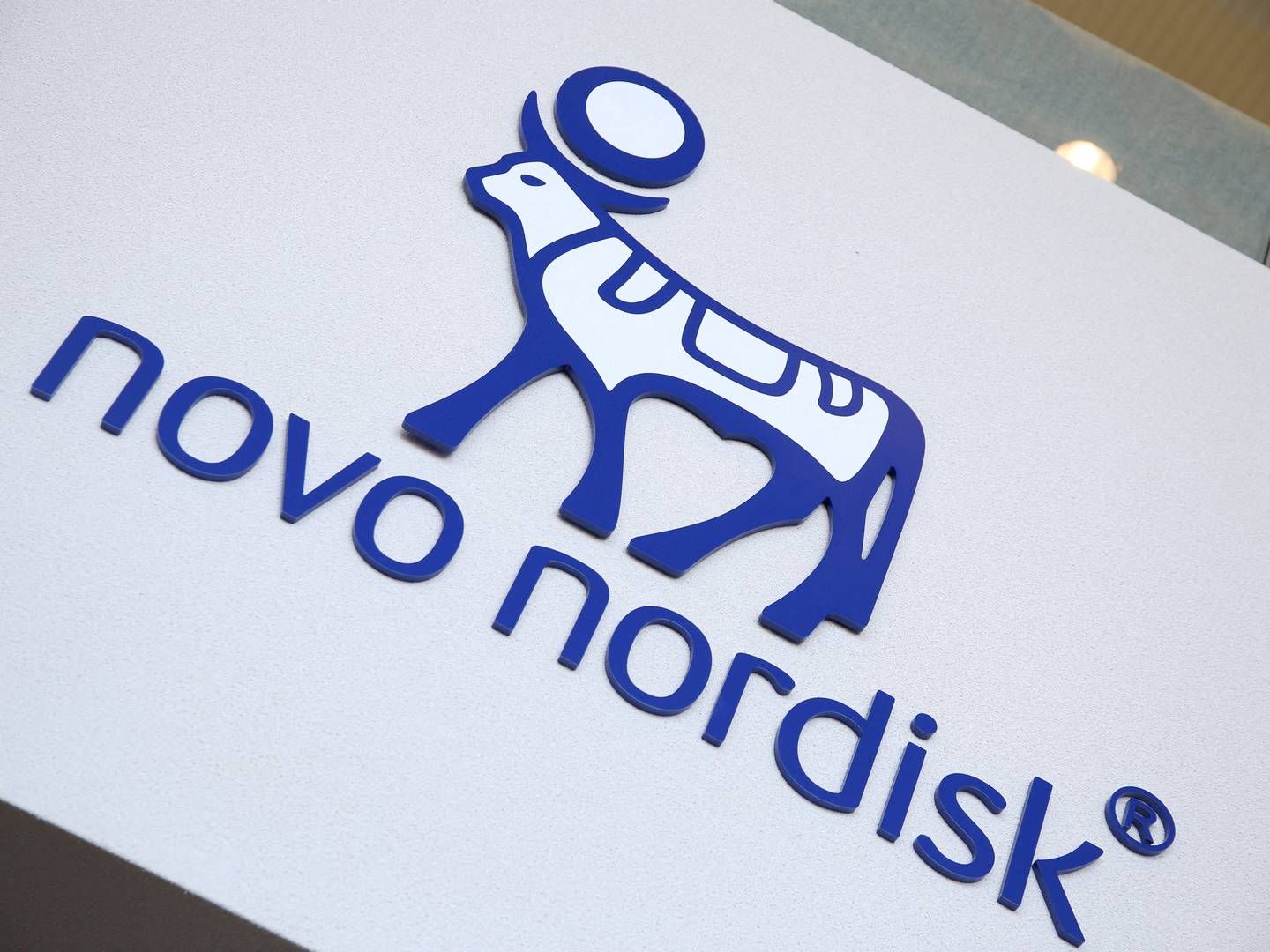Crucial data increases potential for Novo’s lead asset

Novo Nordisk presented highly anticipated data from its cardiovascular Leader study with GLP-1 analogue Victoza early this week – data that seemed to spell good news for the corporation.
Gain access to all our content for 40 days free of charge
The cardiovascular outcomes study, which has been years coming, was declared a success in March based on preliminary analyses. The Novo Nordisk share rose by 6.5 percent on the back of the news that Victoza had been shown to reduce the risk of cardiovascular diseases for patients with type 2 diabetes. But no specific data were revealed at the time.
Doctors, stock market analysts, and investors have been forced to wait until the recently held annual meeting of the American Diabetes Association, ADA, for the specifics. The data unveiled at the meeting showed that Victoza reduced the risk of cardiovascular (CV) death, non-fatal myocardial infarction (heart attack) or non-fatal stroke by 13 percent vs placebo when added to standard of care in 9,340 adults with type 2 diabetes at high CV risk.
Not a game changer
Moreover, there was a 22 percent reduction in cardiovascular death with Victoza treatment.
“We are very excited by the Leader trial results that demonstrate a significant reduction in major cardiovascular events among type 2 diabetes patients treated with Victoza, including all-cause death. For us, this marks the beginning of a new era where our R&D focus will go beyond glucose control,” says Mads Krogsgaard Thomsen, executive vice president and chief science officer of Novo Nordisk, according to a press release.
In the run-up to the presentation, Alm. Brand Markets analyst Michael Friis Jørgensen told Ritzau Finans that Victoza had to show a reduction in cardiovascular risks of around 12 percent compared with placebo in order to live up to the results from March. He also said not many analysts had any hope that it would surpass 20 percent.
The Danish news bureau also cited Citigroup for saying doctors would see the drug as a real game changer if it showed 15 percent reduction in CV risks with minimum 25 percent reduction in CV death.
Victoza did not quite hit those numbers, and Sydbank analyst Søren Løntoft Hansen pointed out in the wake of presentation that it didn ot turn out to be quite the attention grabber it could have been.
“We assess that the positive results will increase sales of Victoza and thus reinforce the drug's position on the market. But the Leader results are largely as could be expected and the major surprise that could have really pushed the share price up never materialized,” he writes in a memo.
Second time
When Novo Nordisk first announced the main conclusions of the Leader study in March, Victoza became just the second diabetes drug to show an effect on cardiovascular risks. It caught the medical community’s attention in September last year when Eli Lilly and Boehringer Ingelheim announced data from a major CV study with their oral diabetes medicine Jardiance, showing that the pill reduced the risk of CV events by 14 percent and the risk of CV death by 38 percent.
Jardiance is a SGLT2 inhibitor, while Victoza belongs to a different class of drugs known as GLP-1 analogues, but Novo Nordisk has still been forced to come up with solid CV data on their drug in the Leader study, due also to the increased competition in the GLP-1 segment from Lilly’s Trulicity and GlaxoSmithKline’s Tanzeum.
“We won’t consider the commercial aspects of this for now, but simply say that we expect to submit a new application for a label expansion to authorities in the US and elsewhere in the second half of 2016,” science chief Mads Krogsgaard Thomsen told MedWatch on the back of the preliminary results from the study.
Since then, Novo’s once-weekly GLP-1 drug, semaglutide, has also been shown to lead to a reduction of CV risks in study results announced in April.
Victoza’s global market share dropped from 72 percent in November 2014 to 67 percent in November 2015 due to increased competition, but as the collective share of the diabetes market for GLP-1 drugs rose from 7 to 8 percent, Novo’s drug nevertheless delivered sales growth. And backed by the preliminary data, Mads Krogsgaard expected the company to build on that growth.
“It’s all about efficacy and risk. It’s about having products with as many meaningful benefits as possible in terms of lowering blood sugar, lowering weight, reducing the risk of cardiovascular disease, and having as few adverse side effects as possible. This study has definitely allowed for us to build on the already strong position for Victoza on the GLP-1 market,” he said in March.
- translated by Martin Havtorn Petersen
Would you like to receive the latest news from MedWatch directly in your e-mail inbox? Sign up for our free English newsletter below.
Relaterede artikler
Analyst: ”A great day for Novo”
For abonnenter


































